The Sydney Opera House is an icon of architecture, design and engineering. That’s why a multidisciplinary team of Australian students travelled to Europe to learn more about its creator’s vision.
On the coast of the Spanish island of Mallorca, overlooking the Mediterranean Sea, lies a stately house named Can Lis.
A network of courtyards and pavilions, this villa was designed by the celebrated Danish architect Jørn Utzon. Utzon created Can Lis to be his family home after his work on his most famous project — the Sydney Opera House — came to an end; he chose Mallorca as its site when he visited the island after leaving Australia due to disagreements with how best to realise the project that would make him famous and become Australia’s most iconic building.
And it is because of Utzon and the Sydney Opera House that, earlier this year, five Australian students arrived at Can Lis to take up a residency.
Next stop Copenhagen
“That was a very special place and I was very lucky to share that experience, especially as an engineer,” Muthu Kumaran told create.
Kumaran is a mechatronics student at the University of Western Sydney, and one of the five Australians who visited Can Lis — and then Utzon’s home country of Denmark for six weeks after that — as part of the Sydney Opera House’s MADE by the Opera House program.
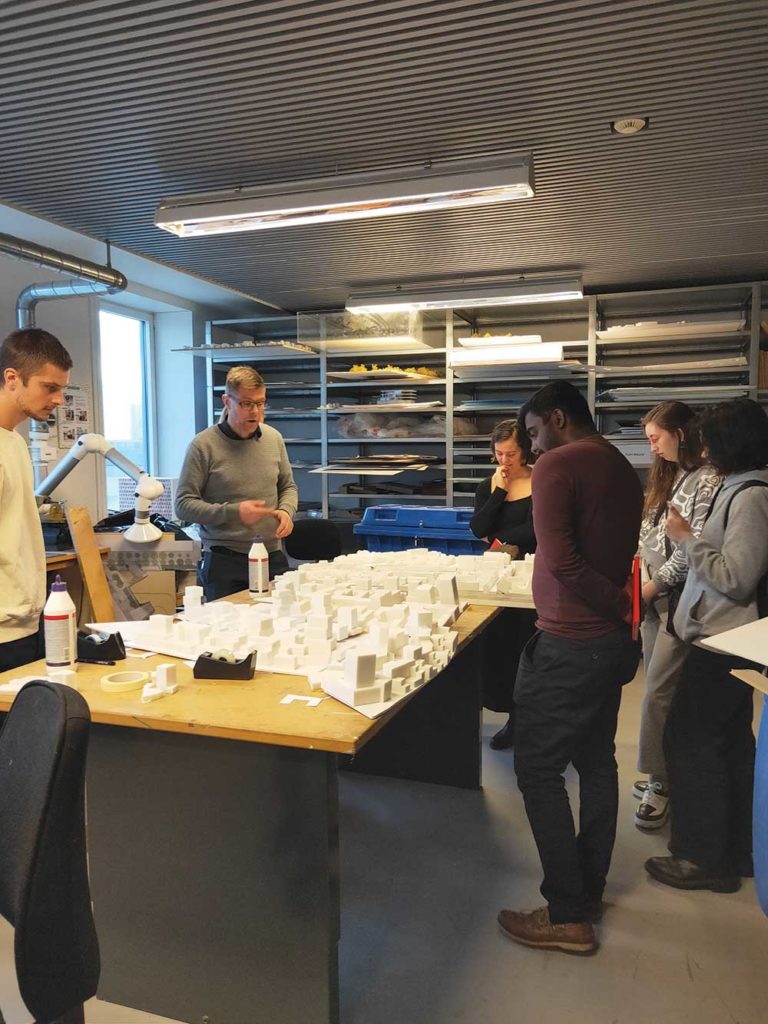
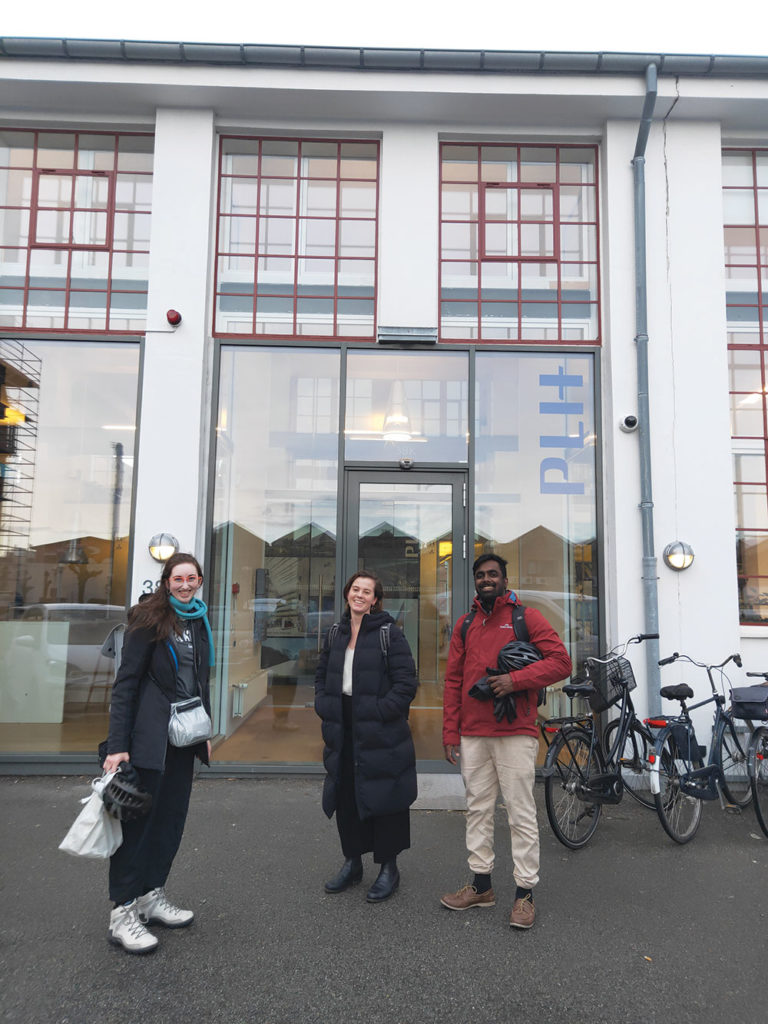
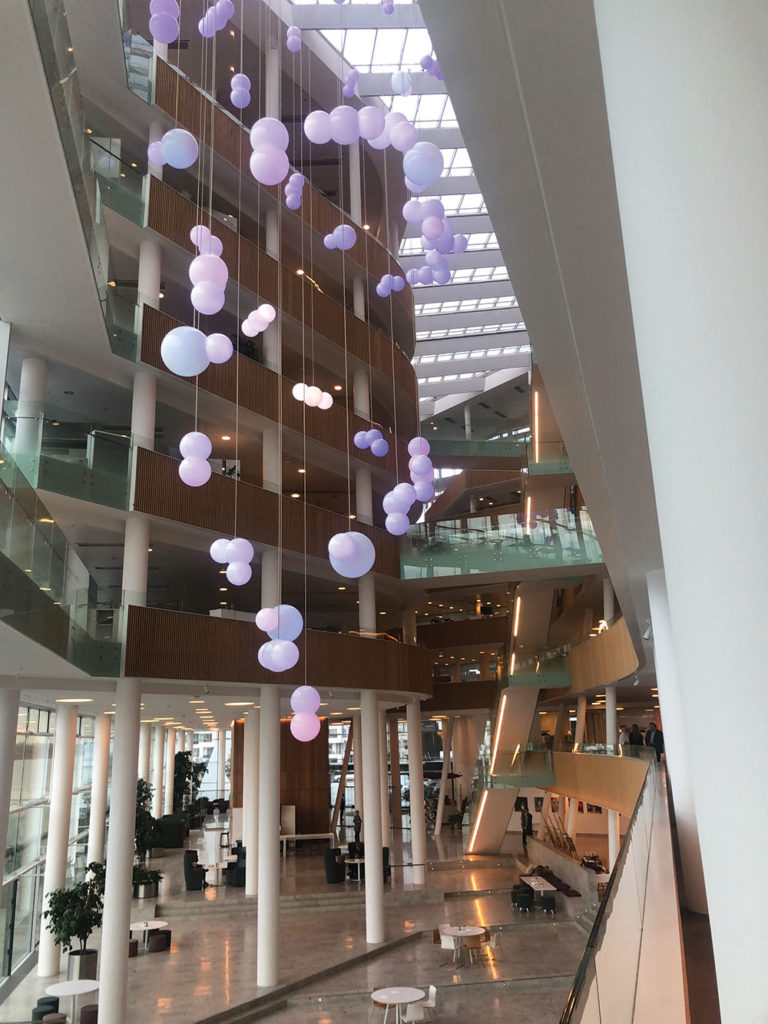
MADE by the Opera House — or the Multidisciplinary Australian Danish Exchange — is an annual program offered to university students in engineering, architecture or design in the built environment.
Launched in 2013 to celebrate the 40th anniversary of the opening of the Opera House, the program sees five Australian students visit Denmark each year to learn from the design principles devised by Utzon and enhance the cultural links between Denmark and Australia.
After the Australians return, five Danish students visit Sydney to help strengthen these international and interdisciplinary links.
Utzon was an architect — and one whose designs occasionally frustrated the engineers with whom he worked — but Kumaran said the things he learned while participating in MADE were invaluable for him as an engineering student.
“I definitely encourage other engineers to apply for this,” he said from Copenhagen. “I’m learning so much from it.”
Stephanie Palmer, a civil engineering student from the University of Technology Sydney, said the interdisciplinary nature of the program encouraged her to approach engineering with a new perspective.
“I think the MADE program gives an opportunity to reflect on what your style is and what makes you, as an engineer, different from the architects in the room or the designers in the room,” she told create.
“You have a little check on yourself, asking, ‘Is my approach necessarily the most beneficial at this stage?’. It opened me up to step back from my traditional, ‘Okay, what’s the solution, how do we get this done?’ mentality and open myself up to the creative process rather than stagnating on the practicalities of an idea.”
Kumaran echoed Palmer’s appreciation for the importance of multidisciplinary perspectives.
“I’m learning a lot about the design process — specifically the design process of architects and designers, which is very different from engineers,” he said.
“We’re so focused and tunnel-visioned into constraints and various policies and quantities of this project. Things like cost, specifications, the liability requirement, all of that. But architects, they have a very different way of looking at it and they look at how to transcend function and form and bring out greater meanings.”
New perspectives
The MADE program this year saw Kumaran and Palmer, along with three other students studying architecture and design, undertake masterclasses, site visits and work collaboratively with Arup, Steensen Varming, and Danish architecture firm PLH Arkitekter in Copenhagen as they developed a brief to address an urban development problem.
“It is looking at a multimedia building here in the heart of Copenhagen on the water,” Palmer explained of their project, which was a mock scenario based on a real site.
“It’s an incredibly beautiful building that won lots of architectural prizes when it was finished in 2008. We’re looking at how to future-proof that building. So, from a sustainability and energy perspective but also from a cultural and social perspective.”

The team wanted to integrate three main principles into its design: a sense of vertical connection, a connection to the public, and modular design. These required the students to take into account a number of factors.
“What will the nature of the workforce look like in 20, 30 years,” suggested Palmer as an example. “How can we make sure that this building has the qualities that it can be flexible, and then it can change to meet those needs that we might not even be able to define now?”
Kumaran said the importance of future thinking let him bring his mechatronics background into the team’s dynamics.
“The way we work face-to-face will change a lot, and technology is going to play a big part in that,” he said. “So I see that as a space to contribute: to see how we can integrate technology and how technology might affect the workplace, because that’s a language I speak pretty well.”
But the students’ diversity also introduced new ideas to Kumaran.
“The work we do impacts society directly as opposed to other industries,” he said. “People are constantly going to be interacting with the build and design. So it’s very important that we evaluate the role we play in society.”
And the benefits went in both directions; the other students were able to learn from Kumaran and Palmer’s engineering perspective.
“I think the engineering voice in the group aims to bring the practical and bring reality into the project,” Palmer said. “I was able to interject and to work in tandem with that architectural vision once the ideation process had begun.”
Utzon’s vision
At the end of the six weeks, the students presented their project — including a model building designed and constructed by Palmer — to an array of visiting luminaries.
“We had everybody from the delegate to the Australian ambassador to high profile philanthropists who have invested in the program financially and also the head of the Utzon Center in Aalborg,” Palmer said.
Both Kumaran and Palmer found that embracing Utzon’s design philosophy — whether by learning about it in Copenhagen or experiencing it at Can Lis — helped them develop their ideas.
“It’s very close to that human experience,” Kumaran said. “I think that’s one of the most quick, easiest things that you can learn from his work because he’s so focused and centred. That’s the core of a lot of his work.”
The project
The People’s House/Folkets Hus:
- Bring knowledge to people through doing, testing, prototyping and sharing intergenerationally.
- Connect life to work, work to city, city to people.
- Reconstruct the building so it can respond to the flux of people, society, climate.
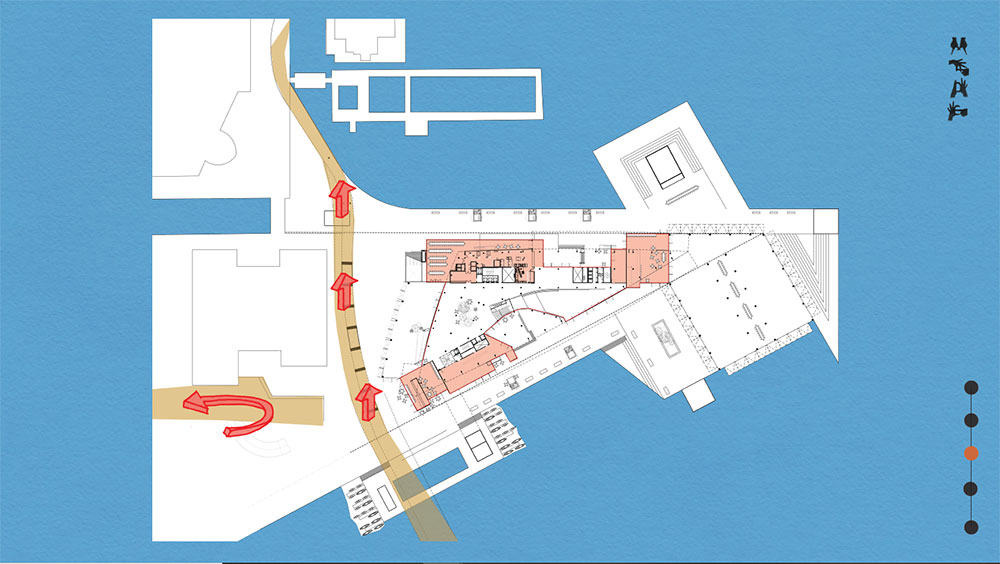
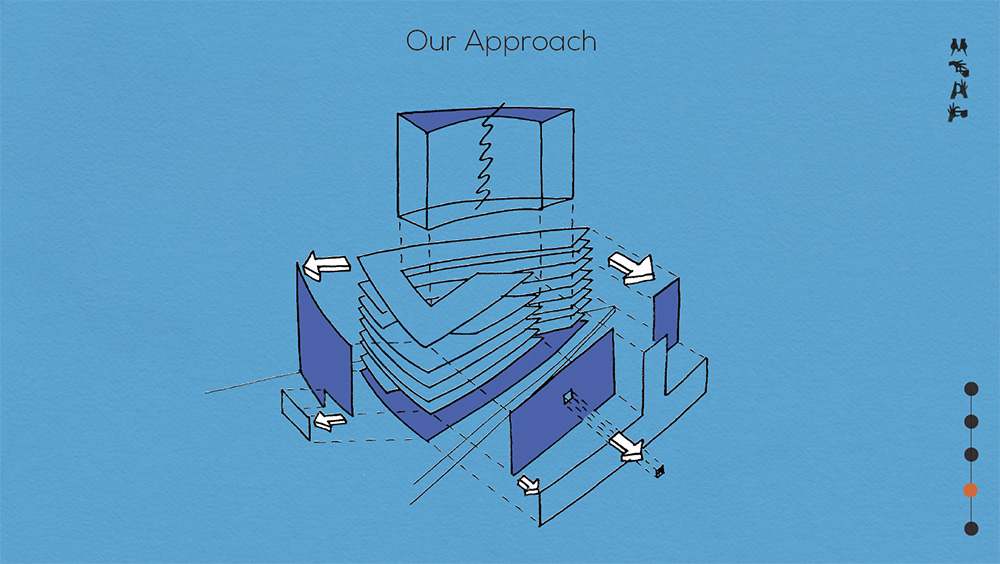


Inside the program
MADE by the Opera House sends five Australian students to Denmark during January and February each year, with five Danish students visiting Australia in July and August.
The six-week program includes:
- A week-long residency at Jørn Utzon’s Can Lis home in Mallorca, Spain.
- A selected host firm that serves as a home base for the MADE students to work and collaborate on their brief.
- Interactive masterclasses about multidisciplinary collaboration and specific built environment topics, relative to the brief.
- Tours of Utzon’s other designs in Denmark.
- Visits of significant works of architecture in Denmark.
- A final presentation in the last week of the program, where students present their project to MADE partners, stakeholders and the built environment industry.

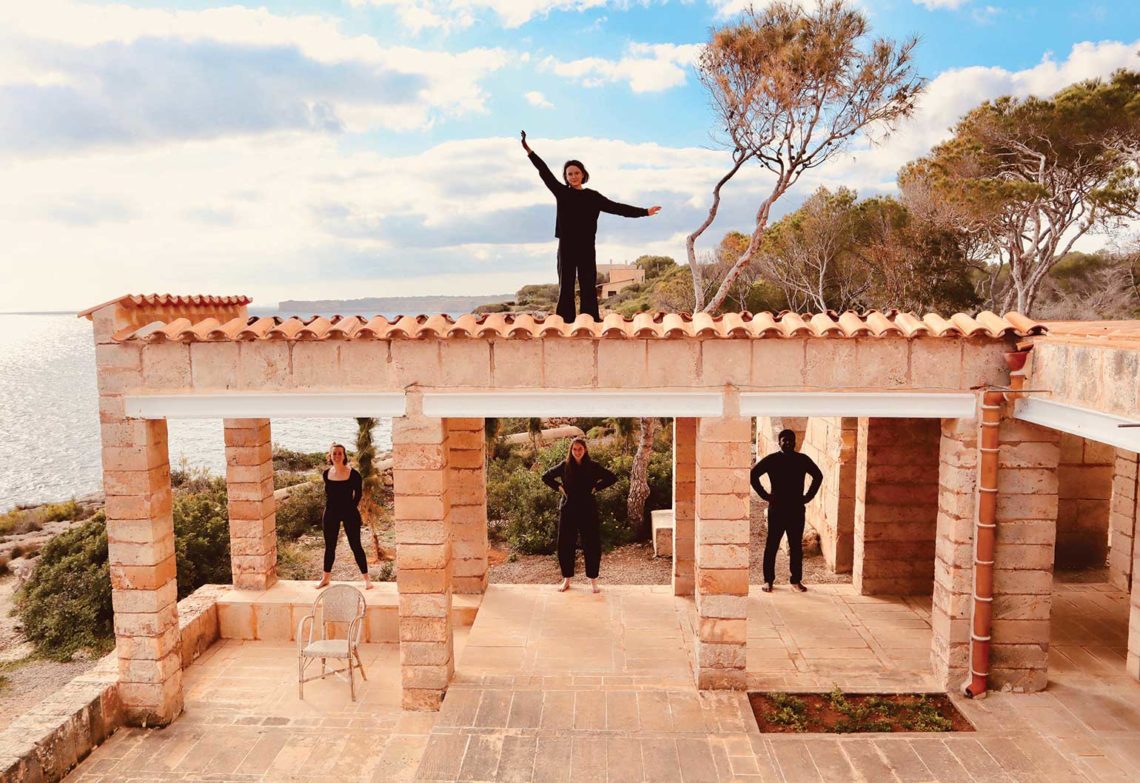


This sounds like a fabulous idea to provide the opportunity for students in their formative years to learn the interdisciplinary teamwork and coordination that can deliver the results required in the future.
I was a part-time engineering student at UNSW when I was lucky enough to be offered a job on the Opera House construction as an engineering surveyor. This exposed me to the excitement of working on spherical geometry, where normal, radial and tangential coordinates replaced the orthogonal x, y and z. It was necessary for us to determine the location of the tile-bolts on the ribs’ segments to high accuracy by triangulation by reading angles from stations with known coordinates. The day’s survey results were punched into cards run through a computer program overnight, so the next morning commenced with finding out how many had been located accurately and how many needed to be resurveyed. Not many, luckily. The results were used to accurately set the sockets in the tile-lids being cast on site, giving us the pleasing sparkling surface of the SOH roof.